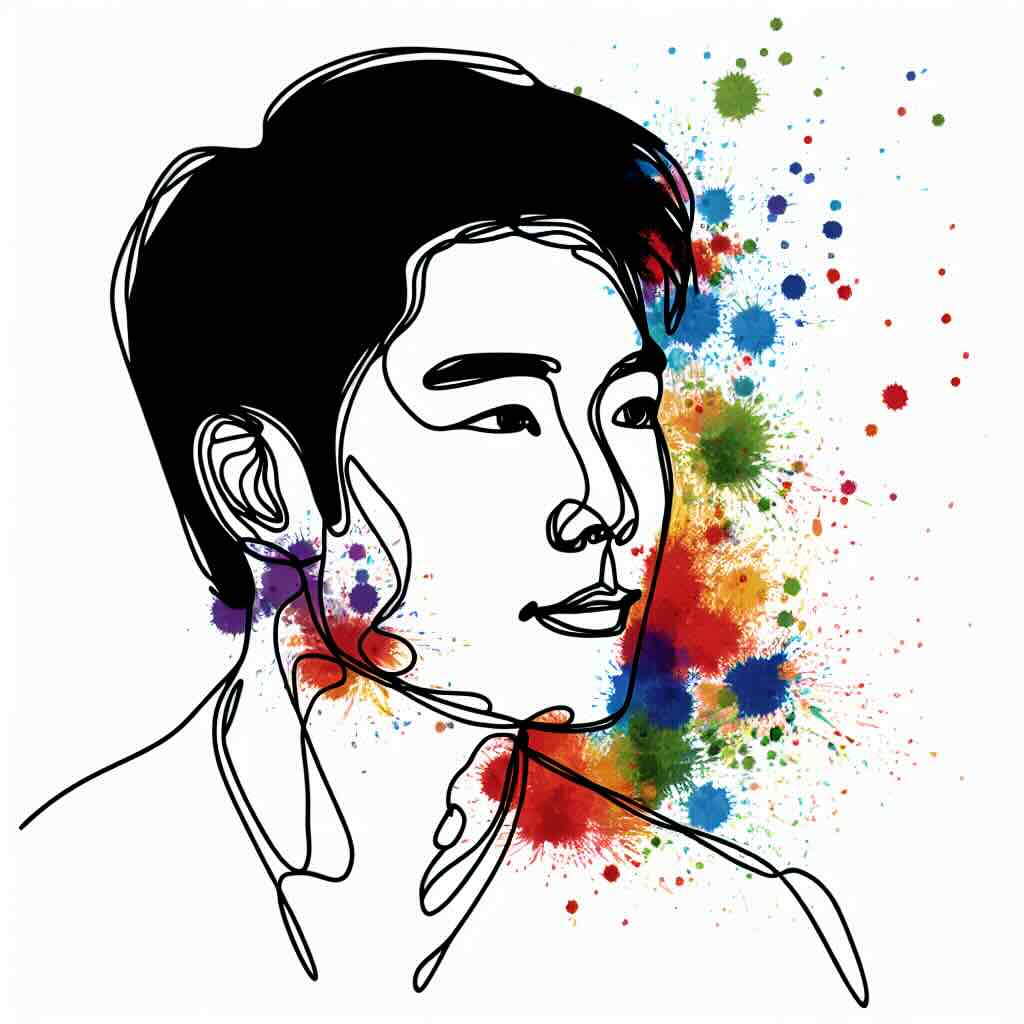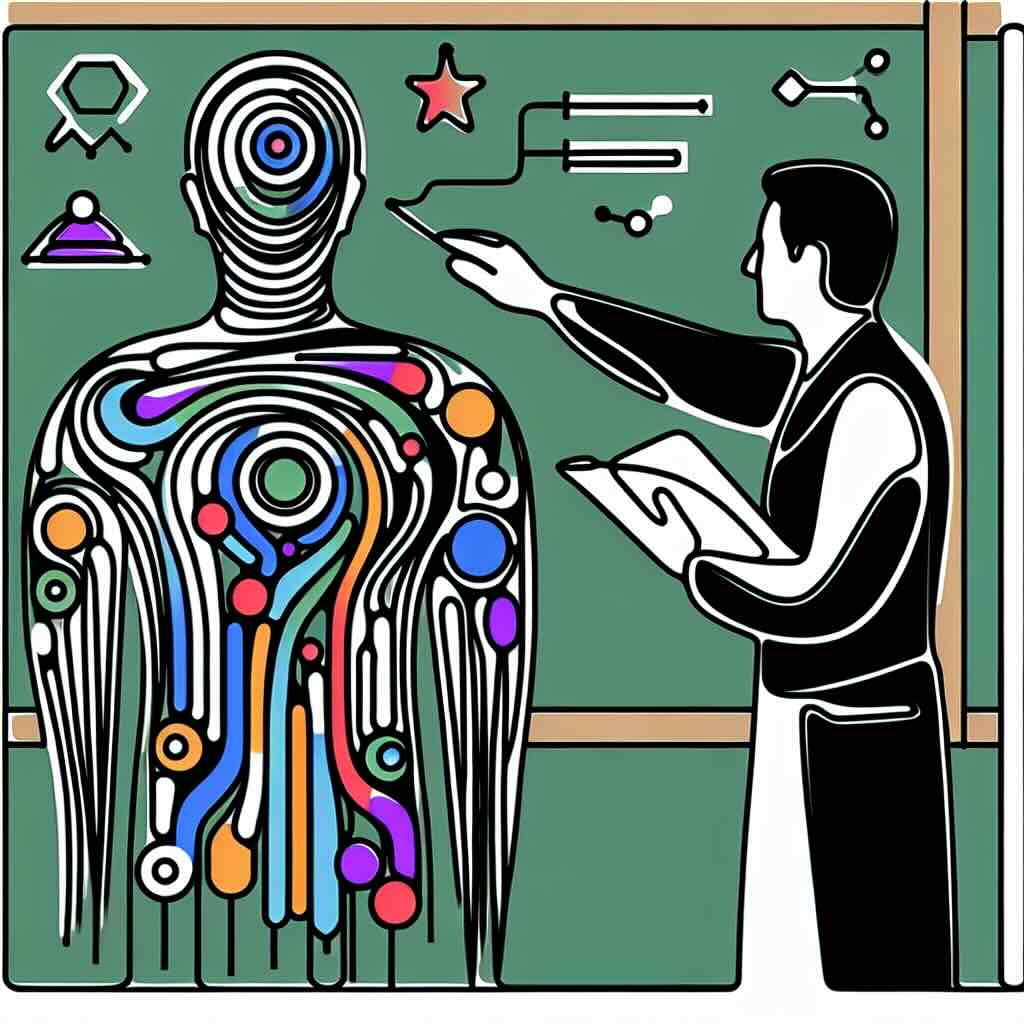Sticky learning is learning that lasts. It goes beyond short-term recall and equips learners with skills and insights they can apply in real life. To design sticky learning, you need strategies that align with how people learn: explain the process, teach learning techniques, create desirable difficulty, and use stories to make content memorable. Build authenticity and transparency into your activities, encourage active engagement, and design time for reflection. The result is a learning experience that learners connect with emotionally and practically. Sticky learning is deliberate, but the payoff is worth it: retention, confidence, and a personal, long-term impact for every learner.
Contents
- What is “sticky” learning?
- Explain how learning works
- Teach your learners how to learn
- Create activities with desirable difficulty
- Be authentic in your approach
- Be transparent about the difficulty
- Use storytelling to make learning memorable
- Avoid illusions of knowing
- Take a rest
- Benefits of making learning sticky
- Trade-offs with sticky learning
- Try it today
What is “sticky” learning?
When we talk about “sticky” learning, we mean learning that stays with people. It is knowledge, skills, or behaviours that learners not only remember but can apply in practice. Sticky learning does not fade away after the course ends. Instead, it becomes embedded, something learners can call upon when they need it.
Designing sticky learning is about more than delivering information. It requires purposeful strategies that align with how people actually learn. By shaping experiences that are active, authentic, and memorable, learning designers can create impact that lasts.
Explain how learning works
One of the simplest but most effective ways to make learning stick is to explain the learning process itself. Learners engage more when they understand how memory, recall, and practice work. For example, highlighting that retrieval practice strengthens long-term memory can motivate learners to take quizzes or practice tests more seriously.
By lifting the lid on how learning happens, you demystify the process. Learners gain confidence when they see that difficulty and repetition are not signs of failure but essential parts of learning.
Teach your learners how to learn
Surprisingly few learners are explicitly taught how to learn. By building strategies into your design, you give them the tools to become more effective and independent. Approaches such as spaced repetition, note-making, or breaking down complex tasks into smaller steps can make a huge difference.
For instance, in workplace training, encouraging staff to revisit a short learning module, or key part, at regular intervals can improve retention far more than one long session. In education, teaching students retrieval practice early helps them develop study habits they will use for years.
Create activities with desirable difficulty
Learning sticks best when it is effortful, but not overwhelming. Psychologists call this desirable difficulty. Activities should challenge learners just beyond their comfort zone.
Case studies, problem-solving exercises, or simulations provide this balance. For example, a compliance course that asks learners to apply regulations to a messy, real-world scenario will stick far more than a simple multiple-choice test. The challenge forces learners to wrestle with the material and apply their knowledge, making it more likely to last.
Be authentic in your approach
Learners can spot when content feels disconnected from reality. Stories, examples, and case studies grounded in their world make learning far more memorable. Authenticity signals respect for learners’ time and shows that what they are learning matters.
A course on leadership, for instance, that uses real scenarios drawn from the organisation will always land better than one full of abstract theory. The closer the connection to lived experience, the stickier the learning becomes.
Be transparent about the difficulty
When learning feels hard, learners may assume something is wrong. By being open about why an activity is challenging, you help them reframe the struggle as part of the process.
Explain, for example, that a tough simulation is designed to build resilience, or that repeated quizzes are part of spaced practice. Transparency reduces frustration and builds trust, while also reinforcing the idea that sticky learning comes from effort.
Use storytelling to make learning memorable
Stories engage our emotions and create context. They transform abstract facts into something learners can relate to and recall. A narrative with characters, conflicts, and outcomes will be remembered long after a bulleted list is forgotten.
Take a GDPR compliance course. Instead of presenting regulations in isolation, one organisation framed the learning around the story of data controllers mishandling personal information. Learners followed the consequences of mistakes, exploring what went wrong and how to prevent it. The story made the abstract law concrete, memorable, and meaningful.
Avoid illusions of knowing
One of the biggest risks in learning is that learners believe they understand simply because material feels familiar. This is called the “illusion of knowing.”
Active strategies prevent this. Peer instruction, group discussion, role-play, real-world simulations, personal reflection, and retrieval practice all force learners to demonstrate and apply knowledge, not just recognise it. For example, asking learners to explain a concept to a peer reveals far more about what they have retained than re-reading notes ever could.
Take a rest
Sticky learning is not built by constant intensity. Brains need rest to consolidate new knowledge. Designing breaks, pauses, and opportunities for reflection is just as important as designing activities.
Reflection tasks, journaling, or even a short pause between modules help learners process information. Rest is not wasted time. It is part of how learning embeds itself for the long term.
Benefits of making learning sticky
- Long-term retention – knowledge and skills last beyond the course.
- Improved application – learners can use what they have learned in practice.
- Higher engagement – authentic and story-driven activities keep interest.
- Confidence and autonomy – teaching learners how to learn empowers them.
- Better outcomes – both organisations and learners see greater return on investment.
Trade-offs with sticky learning
- Takes more effort to design – active, authentic, and challenging activities require planning.
- Learners may resist difficulty – some may prefer easy wins, so transparency is vital.
- Not always quick – building memory and application takes time and cannot be rushed.
- Inclusive design is essential – stories and challenges must work across diverse groups.
- Risk of overload – without careful considration, 'desirable difficulty' can become undesirably too difficult!
Try it today
Take one piece of existing learning content, perhaps a compliance rule, a leadership principle, or a technical process. Rewrite it as either:
- A short story with characters, conflict, and resolution, or
- An active task where learners must apply the rule in context.
Then share it with a colleague and ask: which version feels more memorable?
Conclusion
Making learning sticky is about creating experiences that last. It means designing content that is authentic, challenging, and memorable, and helping learners understand not just what they are learning but how learning itself works.
Sticky learning is about designing deliberately, using stories, active practice, and reflection to embed knowledge for the long term. Learning design is already an investment. When you add a 'sticky learning' goal, you will design courses that give learners something more valuable than content; you'll give them lasting skills and insights they can carry into future study, work and their lives beyond your course or training.







